The 40th Ecumenical Conference of Bishops friends of the Focolare Movement which took place in the historic city of Augsburg in Germany, ended on Friday, 1st March. There were 60 participants from 26 nations, representing 29 Christian Churches. “Dare to be One. A call from Jesus to live the future, now” was the title and even more the essence of the meeting.
1518 -In Augsburg (Germany), the Roman Cardinal Caetano, a famous Thomist theologian and the Augustinian monk Martin Luther, professor of Sacred Scripture at the University of Wittenberg (Germany) had a discussion about Luther’s 95 theses on indulgences. There was no convergence. They couldn’t agree. In fear for his life Luther fled during the night.
1530 -The Diet of the Holy Roman Empire led Emperor Charles V to Augsburg, intending to reunite the divided Protestants and Catholics. For the occasion, Philip Melanchthon, a theologian friend of Luther, prepared the Augsburg Confession, a confession of faith intended to bring everyone together. The attempt failed.
1555 – During a further Diet in Augsburg, a Religious Peace was signed which ensured coexistence between Catholics and Lutherans. Each Prince of the Empire established which confession would be followed in his territory, a decision summed up in the Latin expression cuius regio eius religio (whose realm, their religion)
1650 – After the bloody Thirty Years’ War, which also affected Augsburg, freedom of religious expression and the equality of Protestants and Catholics in all public offices were sanctioned. The Festival of Peace was born and is still celebrated every 8th August.
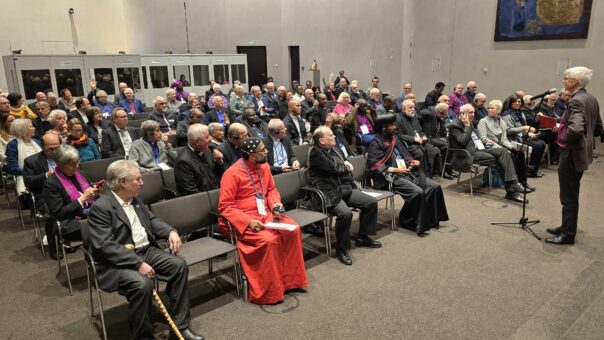 It was in Augsburg, a place soaked in history, that, at the invitation of the local Catholic Bishop Bertram Meier, the 40th Ecumenical Conference of Bishops friends of the Focolare Movement took place from 27th February to 1st March. Sixty Bishops from 26 nations participated, belonging to all the great families of Churches: Orthodox, Eastern Orthodox Churches, Anglicans, Methodists, Evangelicals, Reformed, Catholics of the Latin, Armenian and Byzantine rites. It was the highest number and most universal representation of participants so far, something that stood out for the Mayor of the city, Eva Weber, when she received the Bishops in the City Hall.
It was in Augsburg, a place soaked in history, that, at the invitation of the local Catholic Bishop Bertram Meier, the 40th Ecumenical Conference of Bishops friends of the Focolare Movement took place from 27th February to 1st March. Sixty Bishops from 26 nations participated, belonging to all the great families of Churches: Orthodox, Eastern Orthodox Churches, Anglicans, Methodists, Evangelicals, Reformed, Catholics of the Latin, Armenian and Byzantine rites. It was the highest number and most universal representation of participants so far, something that stood out for the Mayor of the city, Eva Weber, when she received the Bishops in the City Hall.
From the very beginning, the relationship between these Bishops, including two women Bishops of Churches born from the Reformation, was striking. Every Church was welcomed as it is. A simple spirit of fraternity permeated the days, without disregarding the still existing wounds and points of disagreement. Everything was underpinned by that pact of mutual love that has characterized these Conferences from the beginning and that the Bishops solemnly renewed this year too, promising to share each other’s joys and crosses. This gave rise to what some of the participants described as an original kind of ecumenical synodality.
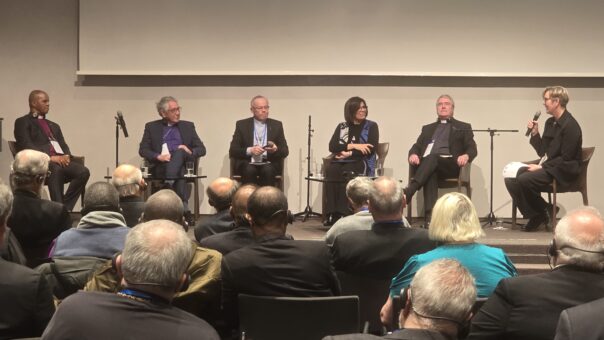 “Dare to Be One. A call from Jesus to live the future, now” was the bold motto of the conference and, even more, of the journey in which the President and Co-President of the Focolare, Margaret Karram and Jesús Morán also participated. There were three main themes, each illustrated by experiences: receptive ecumenism as an ecumenical methodology that leads to learning from each other; the common call to witness the Gospel in a divided world in search of peace; Jesus crucified and forsaken as a way to face the night of the world and respond to it in a generative way.
“Dare to Be One. A call from Jesus to live the future, now” was the bold motto of the conference and, even more, of the journey in which the President and Co-President of the Focolare, Margaret Karram and Jesús Morán also participated. There were three main themes, each illustrated by experiences: receptive ecumenism as an ecumenical methodology that leads to learning from each other; the common call to witness the Gospel in a divided world in search of peace; Jesus crucified and forsaken as a way to face the night of the world and respond to it in a generative way.
One more date: 31st October, 1999. 25 years have passed since the Lutheran World Federation and the Catholic Church signed the “Joint Declaration on the Doctrine of Justification” in Augsburg, recognizing that, on this key point of dissent in the 16th century, there is no longer reason for separation. An Ecumenical Prayer Service commemorated the historic event in the place where the signature took place: the evangelical church of Sant’Anna. The next day a round table explored its impact. The Rev. Ismael Noko, then Secretary General of the Lutheran World Federation, illustrated the humble and tenacious path that made the signing possible and saw the subsequent accession of three other World Communions (Methodist, Reformed and Anglican). Dr. Ernst Öffner, then Regional Evangelical Bishop of Augsburg, told how he had worked with the Catholic Bishop at the time, to involve the local people and that whole city had celebrated. Catholic Bishop Bertram Meier talked about the challenges and opportunities of the journey that we now face.
The current threats to peace and justice were very present throughout the conference. In this regard, the video message on the situation in the Holy Land from Card. Pizzaballa was very important. Against this background, two realities gave particular hope: the development of the ecumenical network “Together for Europe” which involves about 300 Movements and communities of various Churches, and the visit to the Ecumenical little town of Ottmaring (Germany) where for 56 years Catholics and Lutherans of different Movements have given a testimony of unity in diversity, a path that is not always easy and in which new developments have been born from every crisis.
For the future, the aim is to develop the local networks, to connect everyone through regular online events and through newsletters, in view of a future international meeting in two or three years.
Hubertus Blaumeiser


 Italiano
Italiano Español
Español Français
Français Português
Português
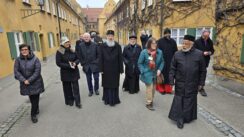
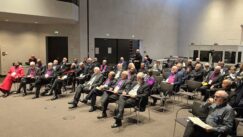
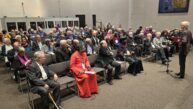
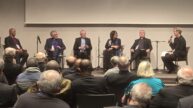
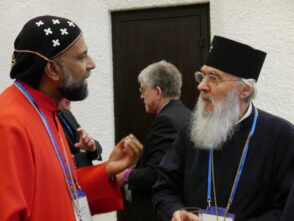
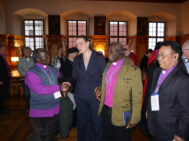
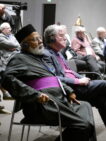
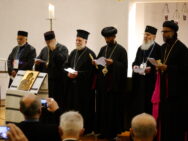
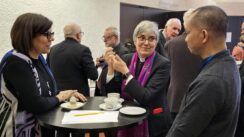
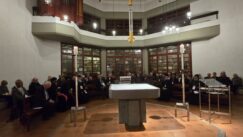
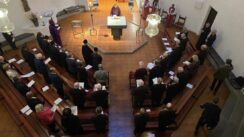
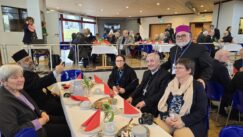
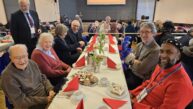
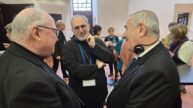
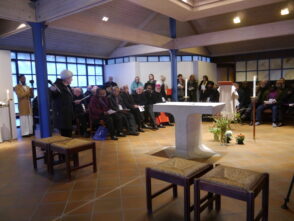
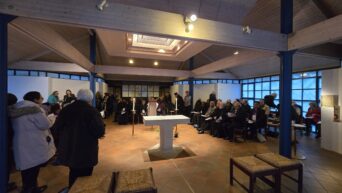
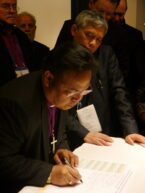
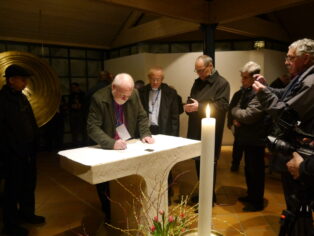
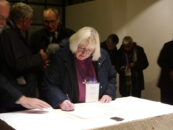
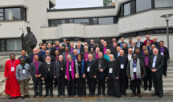
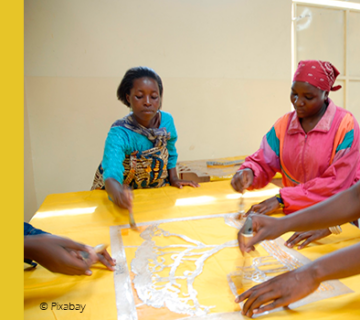



Comment ne pas se réjouir de cet évènement qui apporte une pierre de plus dans la construction de ”l’Eglise Une” voulue par le Christ !
Merci à Hubertus pour ce compte rendu, claire et concis à la fois de cette rencontre œcuménique à Augsburg. Bien avec vous. Jacques-Marie Pétin